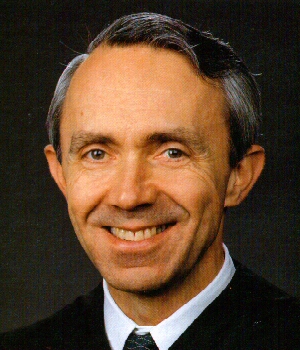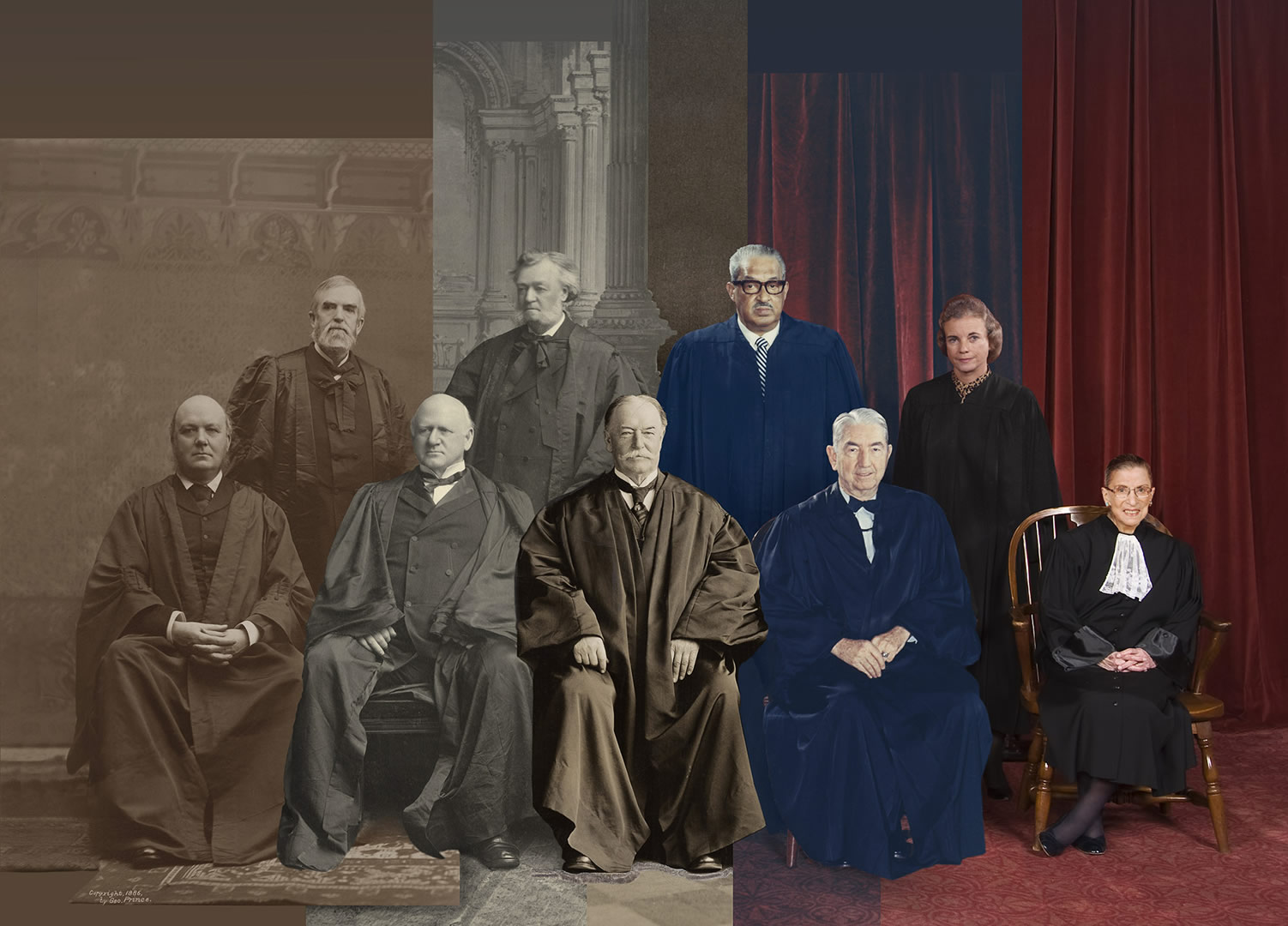Established on March 4, 1789, under the Judiciary Act of 1789, the Supreme Court was created with six justices. Chief Justice John Jay and associate justices James Wilson, William Cushing, John Blair, John Rutledge, and James Iredell were the first six justices to organize the court system, approve bar systems, and preside over their assigned circuit courts, with their first case, West v. Barnes, decided in 1791. The photo above represents the subtle changes from the French Revolution to today's Supreme Court. For instance, the number of justices changed from five through ten justices to strictly nine justices in 1869.
In Comm3390 Supreme Court, Pt. 2, you see that it takes a team of special individuals in the court system to legalize and make decisions on cases outside of the nine justices. From the different thoughts of each justice to the opinion writing and then multiple revision drafts of the opinion, you see that the Supreme Court has an intense job that revolves around the year, pressuring them to decide each case by the end of the term in late June. Not only is the process time-consuming, but it can be mentally and physically exhausting.

Accept the fact that the court tried to play it straight. That acceptance has been built up by the preceding hundred justices of this court, going back to the beginning. We are, in fact, trading on the good faith and the conscientiousness of the justices who went before us."
The Court's credibility relies significantly on the public's confidence in its procedures and its dedication to justice. Suppose the people start to doubt the Court's neutrality or their opinions become biased through a political view. In that case, it may jeopardize the Court's function as a vital component of the legal framework that has been built over the past decades.
One of the most interesting things I found in Comm3390 Supreme Court, Pt. 1, was the individual consideration of each petition and how it was looked at the same. You could be the governor or a guy stuck in prison for a wrong, but the Supreme Court did not discriminate. This exemplifies the fairness and seriousness of the Supreme Court's role, especially due to its enormous load of petitions needing to be reviewed. I also thought that the personal interviews of the justices made an impactful statement in recognizing what they do and the importance of their job in today's society.
The videos gave me a deeper understanding of the judicial system. I always knew the Court was a powerful institution, but hearing about how the justices interact with each other and approach their work was eye-opening. The Court system isn't just a cold institution interpreting laws, but it is a group of individuals who work day and night making tough decisions, bringing a level of humility and humanity to what many see as an intimidating and unapproachable body.

No comments:
Post a Comment